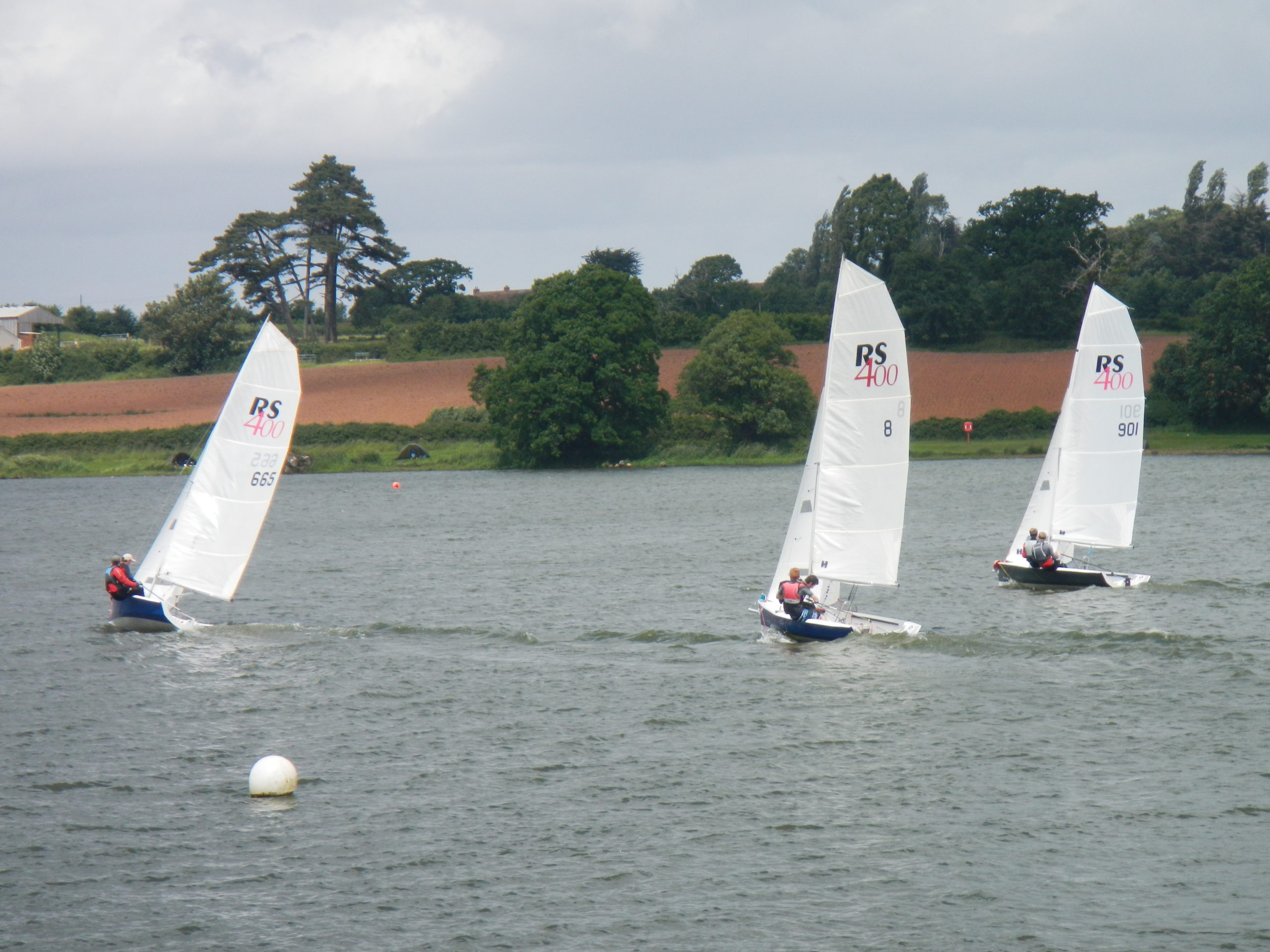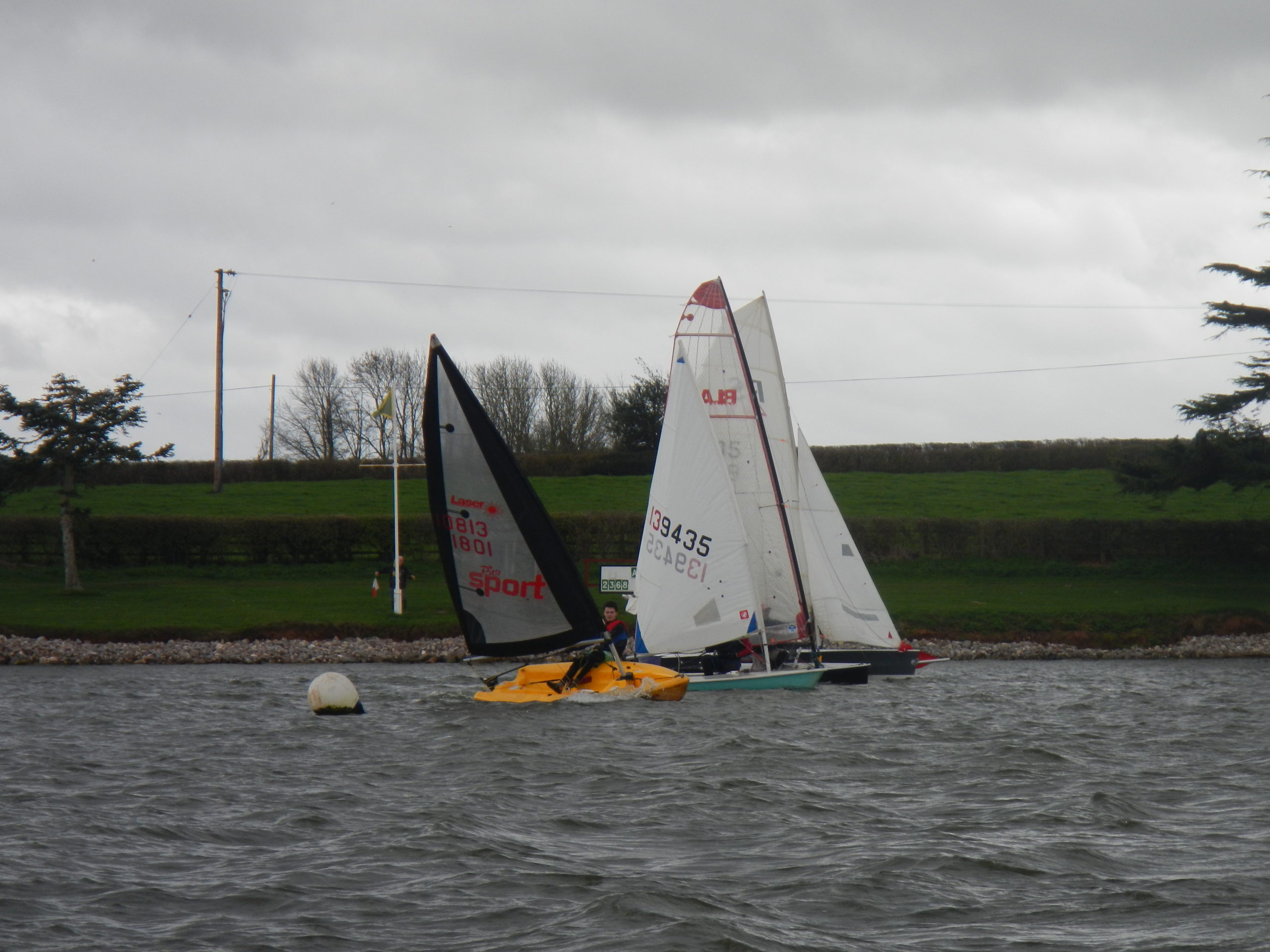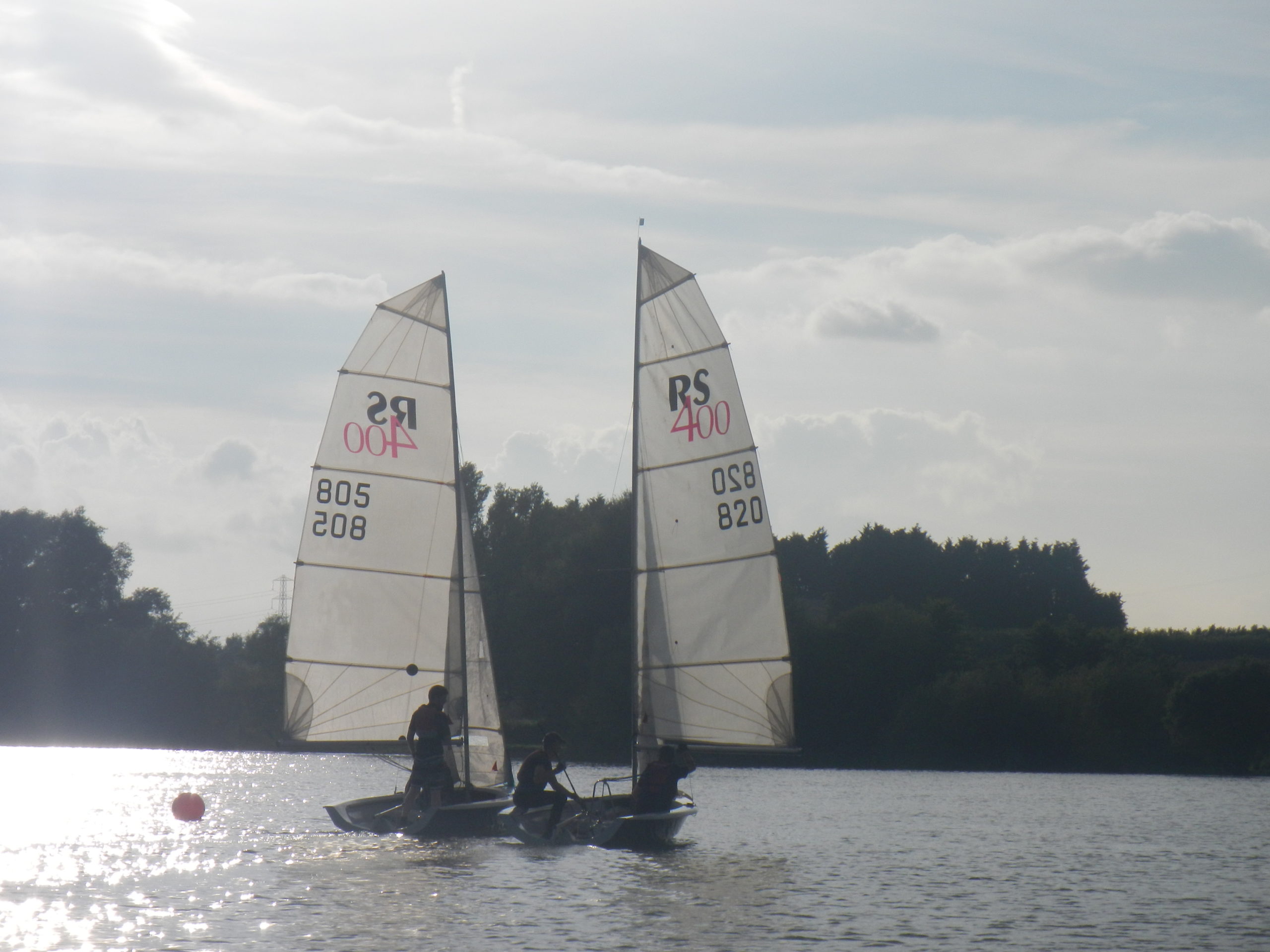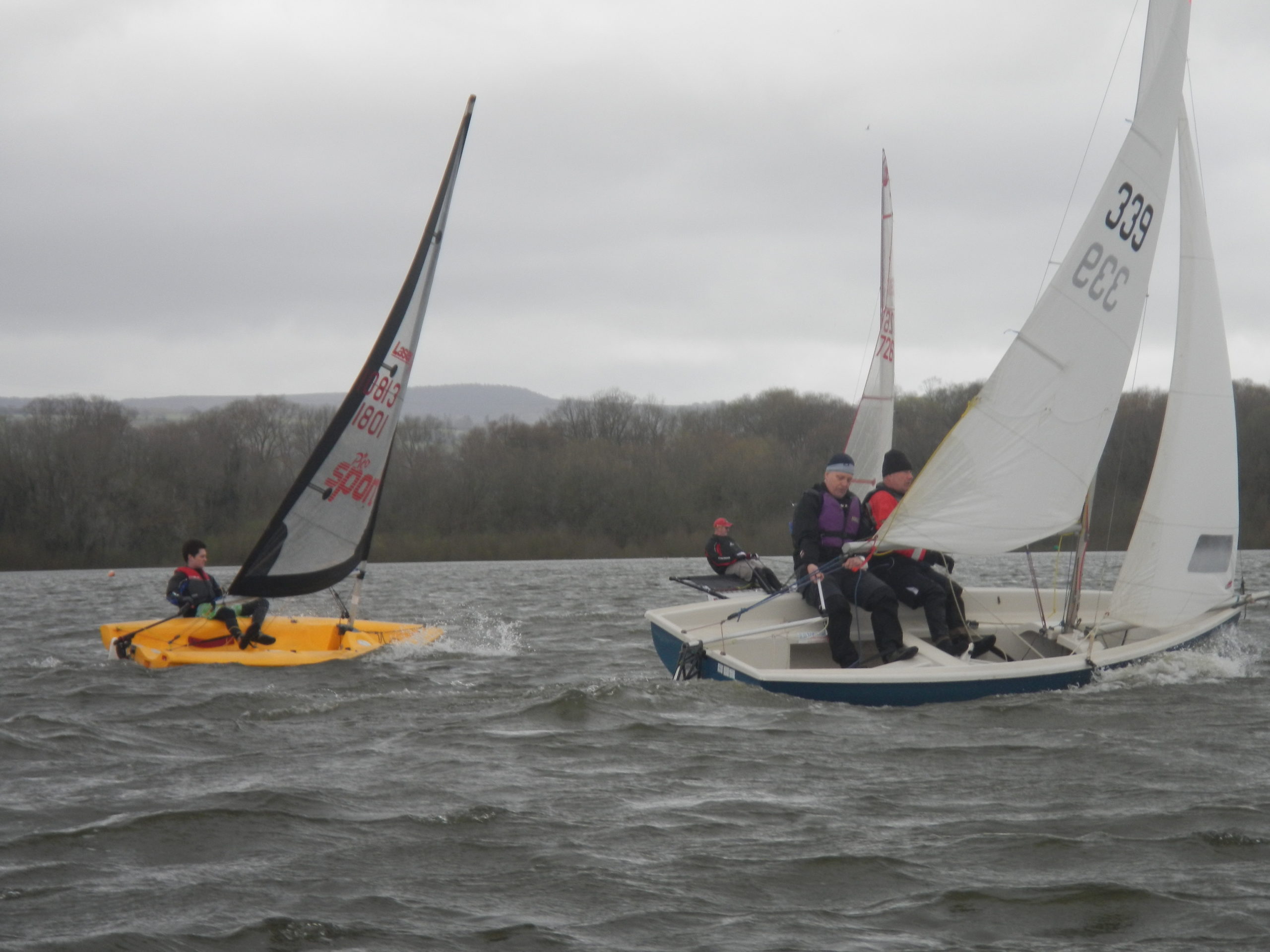Blue-Green Algae
What is Blue-Green Algae?
Blue-green algae may discolour the water so that it appears green, blue-green or greenish-brown. During calm weather the algae can rise to the surface to form scum – this may be like blue-green paint or jelly and may form flocs. Wind will make the scum accumulate on lee shores and sometimes the algae release toxins into the water. Thus, there is a greater risk of contact with toxins in shallow water where the algae are found in higher concentrations. (N.B They do not always release these toxins and it is not possible to tell from the concentration of algae whether they are producing toxins or not).
Is Blue-Green Algae dangerous?
Yes possibly, if contact is made with the algae toxins and affected water is drunk. The following problems can occur:
1) Skin contact – Rashes and eye irritation.
2) Swallowed – Vomiting, diarrhoea, fever and joint and muscle pain.
Although death has been recorded in animals venturing into thick concentrations of algae to bathe or drink the water, or licking the scum and deposits off their fur when coming ashore, effects on humans to date have been limited to illness rather than death.
How does it affect Sailors?
The Committee has been advised that, if the reservoir is affected by Blue Green Algae, sailing activities can still take place provided certain precautions are taken. The greatest risk is in shallow water where wind or current-driven concentrations of algae have built up. The scum on the water’s edge is a particular source of toxic material.
Precautions to take
– Sailors are most prone to contact with algae when launching and recovering boats and capsizing in shallow water. If capsize-righting drills are to be performed, it is safer in deeper water where the concentration of algae is lower.
– The best way to minimise contact with algae is to wear clothing with tight-fitting seals at the ankles and wrists.
– Sailors are advised to wash themselves down thoroughly following activities on the affected water so that scum and algae are removed from their clothing before they enter the changing rooms.
– Sailors should clean their hands thoroughly after entering the water and before handling/eating food.
– Sailors are advised to thoroughly wash and dry all protective clothing on returning home. Clothes should not be stored wet or damp.
– Children (and adults) should not walk or play at the water’s edge, particularly on a lee shore on a windy day when scum may be found some distance from the edge.
Is it safe to sail despite the warnings?
Concentrations of algae vary from day to day, hour to hour and minute to minute. In particular, during hot summers, the Health Authorities may deem it so severe that they close the reservoir. Otherwise, we will take sensible precautions.
Can the algae be destroyed?
Algae feeds off the nutrients leached into the water through farm fields (nitrogen and phosphorous). The only way to destroy it is to filter all the water and the bottom of the affected water through copper. Highly expensive and not 100% guaranteed. We are exploring other options to control the algae with stakeholders.
Advice partially compiled by Dr Frank Newton (RYA Hon-Medical Adviser)





Any questions?
Feel free to fill out the form on our contact page with any questions you may have and we will be happy to help you.